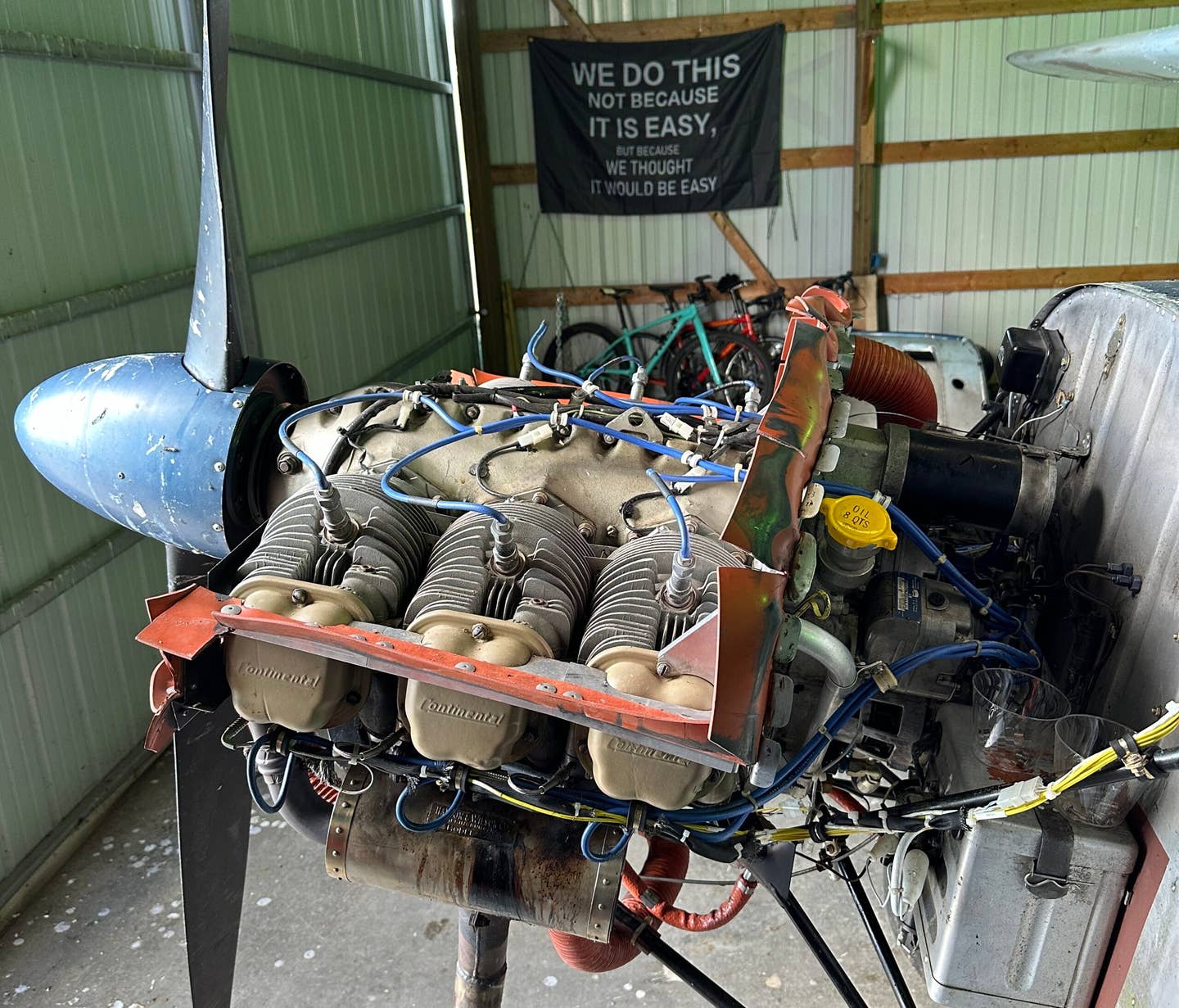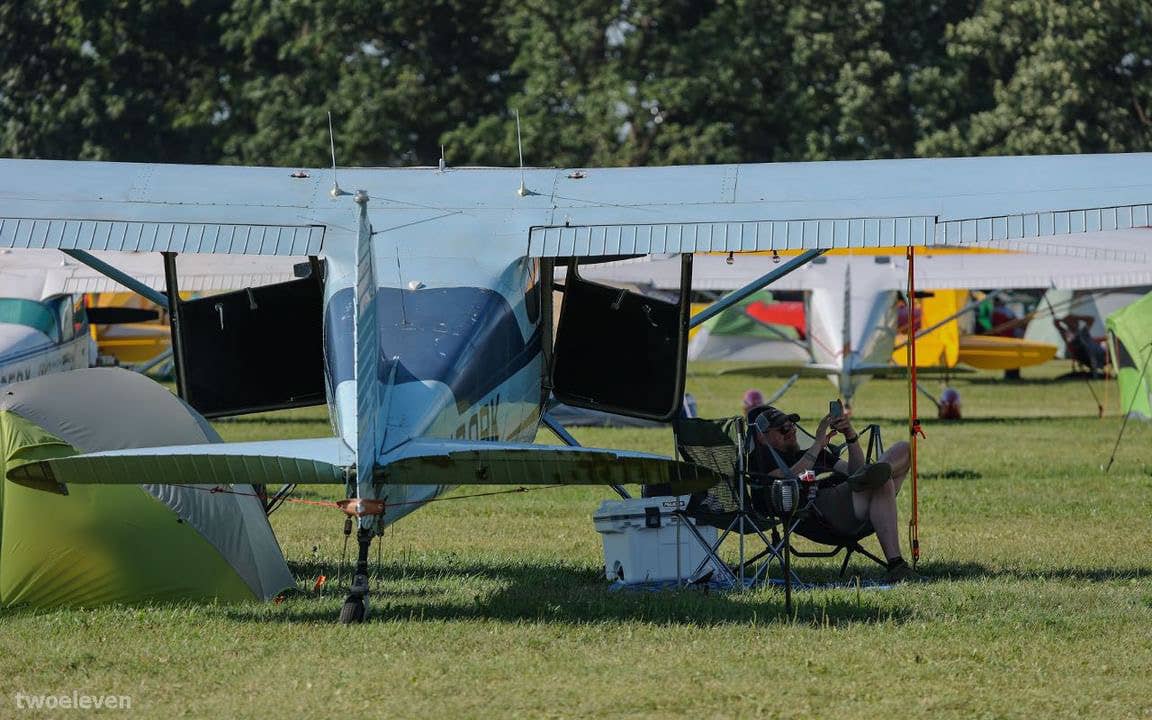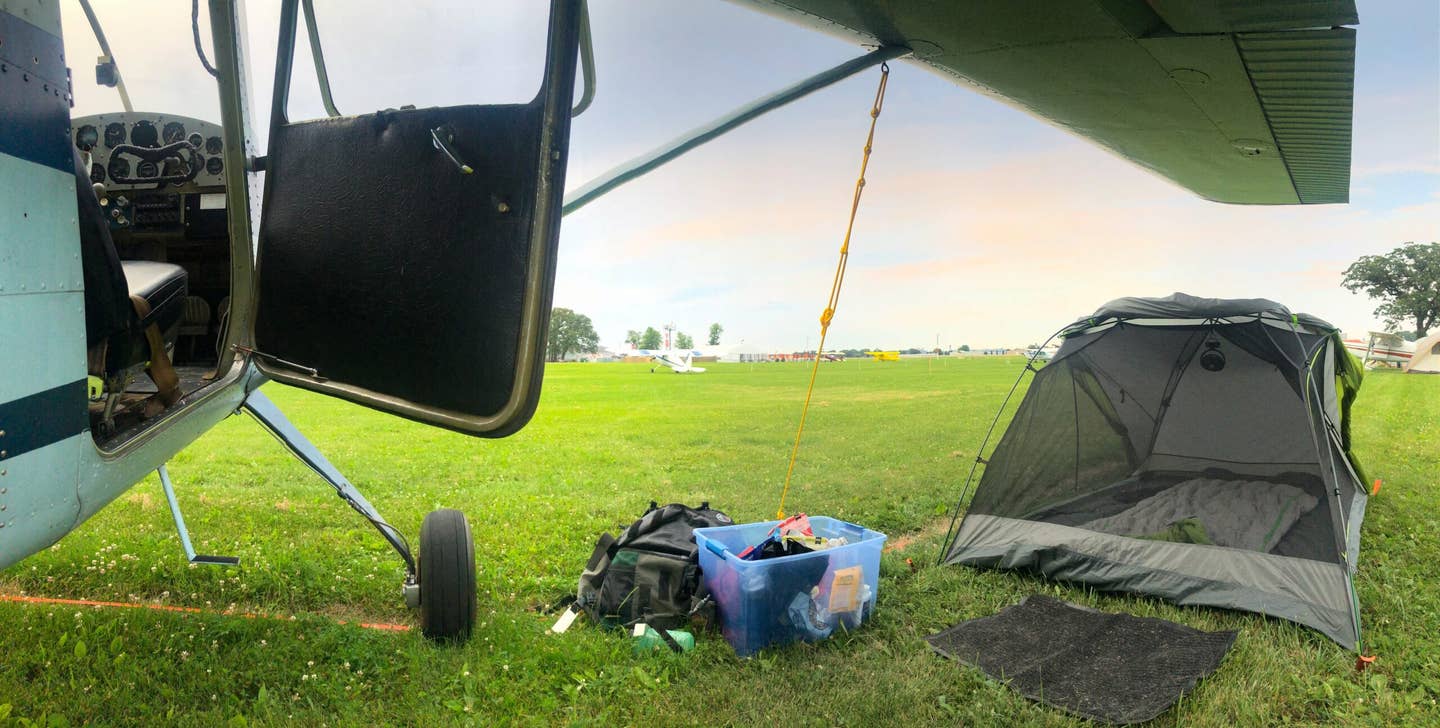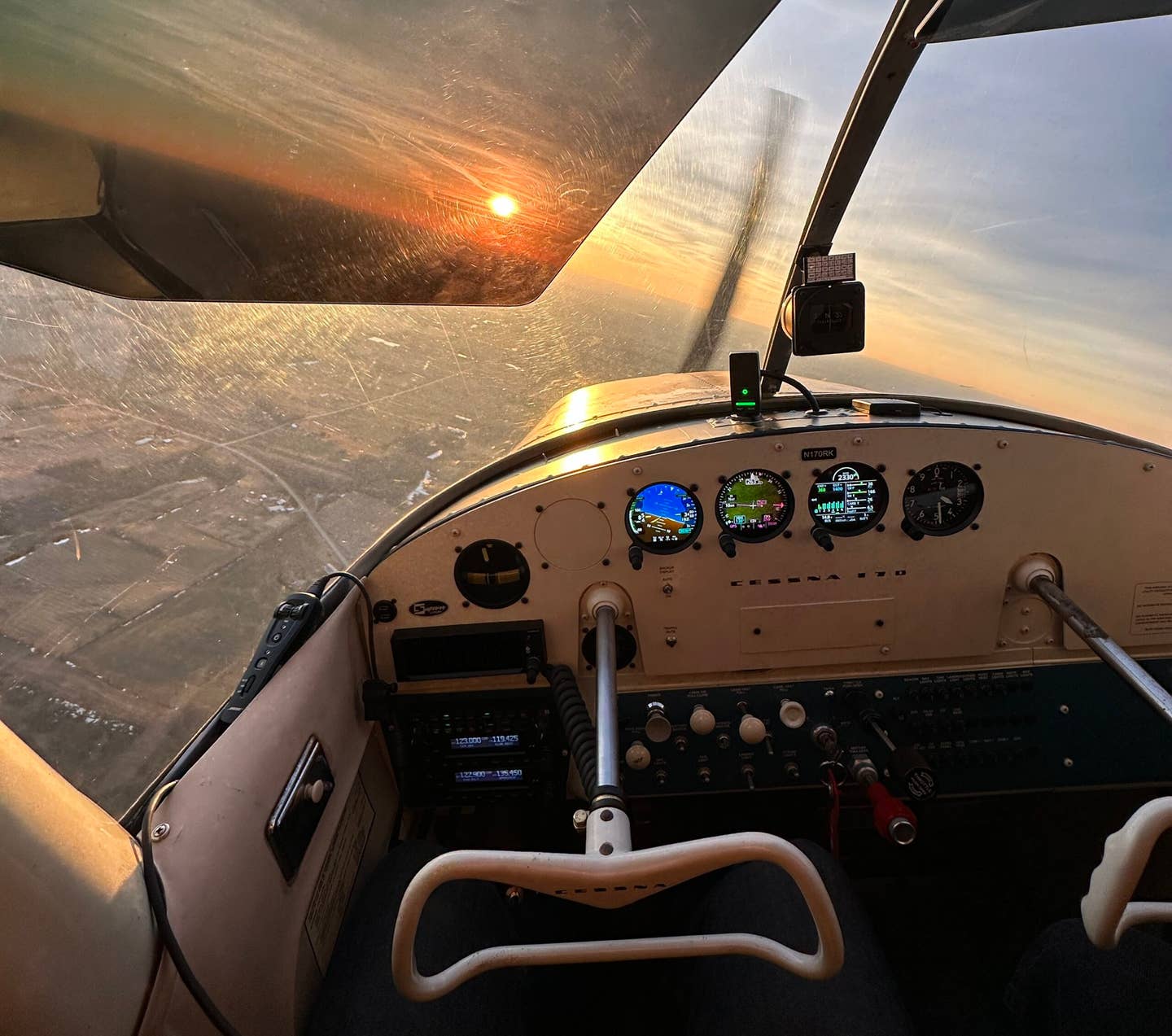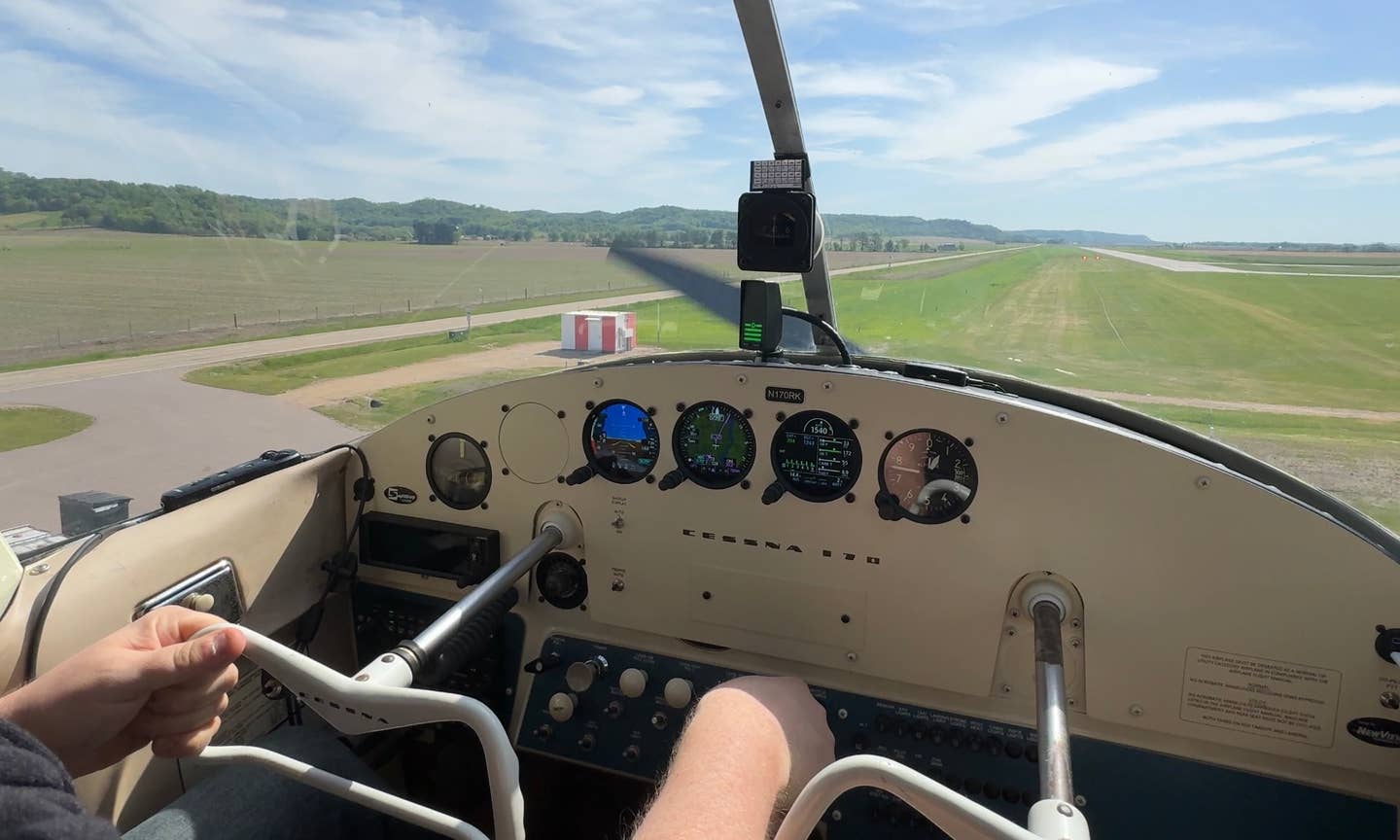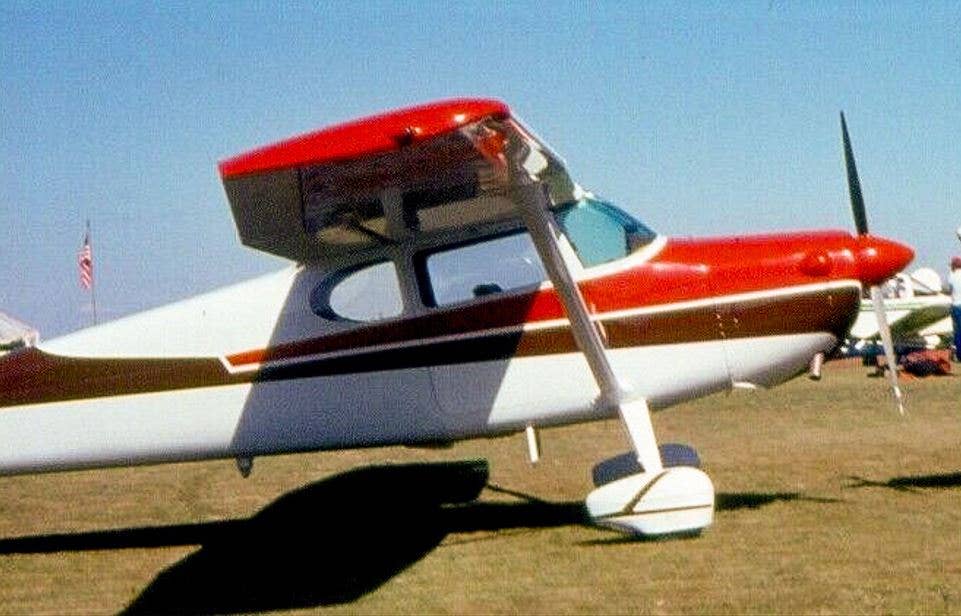The Advantages of Shopping for Unusual Aircraft
When it comes to buying a used aircraft, well-known models often come with high prices and a lot of competition.
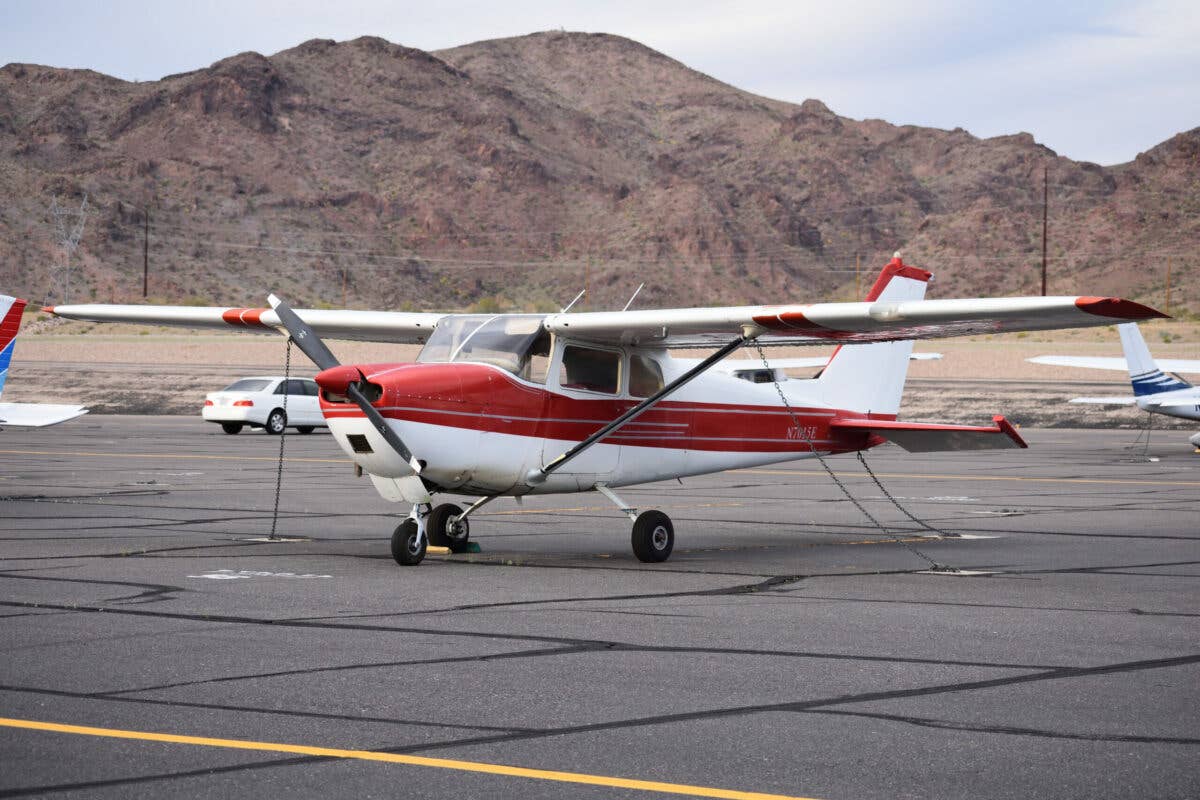
An often-overlooked option, the Cessna 175 Skylark provides good capability at a lower price than its more popular Cessna siblings. [Photo: Brian La Fetra]
When shopping for an airplane, it can be beneficial to have bizarre tastes. For example, few people are in the market for a tiny, wooden taildragger with retractable gear and a side-by-side cabin nearly 10 inches narrower than a Mooney. Accordingly, when a Culver Cadet pops up in the classified ads, the asking prices are almost as small as the pool of likely buyers.
Conversely, when searching for a four-place airplane with a decent cruise speed, good useful load, capable of getting into and out of a wide variety of strips, and straightforward ownership and maintenance, one must get in line and prepare for painful asking prices. This was the conundrum faced by my friend Matt recently. His mission was all too common— take one or two friends on one- to three-hour trips, occasionally to grass strips, without having to deal with overly burdensome searching for parts or qualified maintenance.
Such airplanes exist, but as Matt soon learned, the popularity of this recipe makes it a particularly valuable one. He naturally zeroed in on the Cessna 182, as it does just about everything pretty well, and came away stunned at the asking prices. Indeed, a quick survey of the many examples listed on Trade-A-Plane reveals a median asking price of $160,000—and that’s excluding the second-generation 182s produced from 1997 onward.
To help Matt with his conundrum, I turned to a recommendation I commonly make—the oft-forgotten Cessna 175 Skylark. With a short, five-year production run from 1958-62, just more than 2,100 examples were built. This compares to more than 44,000 172s and more than 23,000 182s.
Essentially a 172 with a different engine, the 175 came in two varieties—the early version with a straight, vertical stabilizer and a later version with a swept one. All have the “fastback,” lacking rear windows, and all were built with fixed landing gear. On the ramp, the only visual difference between a 172 and 175 is a slightly different cowl or a visible gearbox nested inside the main air intake.
The 175 hp Continental GO-300 engine is the key differentiator. At its core, it’s the same 300-cubic-inch, 6-cylinder as the basic 145 hp C-145 or O-300. But as the “G” suggests, it’s a geared version of those engines and makes the additional horsepower by turning at a higher rpm.
The general consensus is that the GO-300 is a decent engine but that it comes with some concerns. For example, those who don’t operate it by the book tend to experience maintenance issues. But even if you treat it properly, parts are increasingly difficult to source, and an ever-shrinking number of shops are even willing to overhaul it. The relatively low, 1,200-hour time before overhaul (TBO) is also a concern.
So what makes the Cessna 175 an airplane I recommend to my friends? Do I take joy in setting up my buddies with problematic engines that drain their bank accounts before my eyes? Is this the kind of friend I am?
Certainly not. While I have indeed been known to orchestrate some truly legendary pranks in my college days, I’d never knowingly set up anyone for failure. Here, then, are three reasons I commonly recommend the 175 to prospective, first-time airplane owners:
1) An upgraded engine transforms the 175 into a budget 182.
I once belonged to a flying club that had a 172M with a 180 hp Lycoming O-360, and it was an absolute beast. The additional horsepower resulted in shockingly short takeoff rolls, and the climb rates that followed transformed many departure-end obstacles into laughable curiosities. One summer, two friends and I loaded a week’s worth of camping gear into the back and set off for Oshkosh, filled to the brim and just below maximum takeoff weight. The Super 172 performed brilliantly, demonstrating that 180 hp is what the 172 airframe should have come with from the beginning.
Fortunately, multiple engine STCs exist for the 175, and the 180 hp Lycoming O-360 is one of them. Find one with this engine, and you’ll have a wonderfully capable airplane, simultaneously a high-performance 172 and budget 182. It will do everything reasonably well with none of the downsides of a 175 with the original GO-300 engine.
Alternatively, one can purchase a 175 with the stock engine, fly it for several years while putting money aside for a future engine upgrade, and then do that in lieu of an overhaul. The existing GO-300 and propeller won’t command much when sold second hand, but they will take a chunk out of the total upgrade cost. For those of us with modest cash flow, this option might be the best way to get into a decent airplane that has the option to be upgraded to a truly great one.
2) A 180 hp 175 is well-balanced in multiple ways.
Generally, bigger engines provide more power and higher performance. But beyond a certain point, any vehicle will be hindered by the larger engine in terms of overall balance. Like a Mazda Miata with a V-8 shoehorned into the engine compartment, an airplane with an overly large powerplant might lose some of its best handling qualities.
Such is the case with the 175’s Continental O-470 STC. Sure, it provides 230 hp, but owners report a terribly nose-heavy aircraft with a CG right at the forward edge of the envelope and correspondingly heavy and difficult flare, particularly at higher flap settings. Additionally, the big engine has six cylinders to care for and comes with notably increased fuel burn. Like the tale of Goldilocks and the Three Bears, the middle, 180 hp mama bear provides an ideal balance of qualities beyond horsepower.
3) Nobody remembers to search for 175s.
With apologies for any added exposure this article might provide to the aircraft shopping community, one of the best things about the 175 is its obscurity and anonymity. When performing their daily (or hourly) sweep of listings at Aircraft For Sale, most shoppers navigate directly to the 172 or 182 listings without even thinking to search for 175s. To be fair, pickings are slim (though there are some to be found). As mentioned, only 2,100 were built, and 896 remain active on the FAA registry.
But an occasional browse through the listings sometimes reveals hidden treasures. Over the past year, I’ve spotted 180 hp 175s listed for well below the asking prices of 180 hp 172s and certainly 182s. Even if the Skylarks in hiding are presented with the same pricing, there’s a good chance you can find some outstanding, undiscovered examples. This can be your ticket to scoring a great airplane for a fair price in the cutthroat shopping environment.

Subscribe to Our Newsletter
Get the latest FLYING stories delivered directly to your inbox

